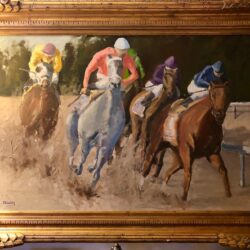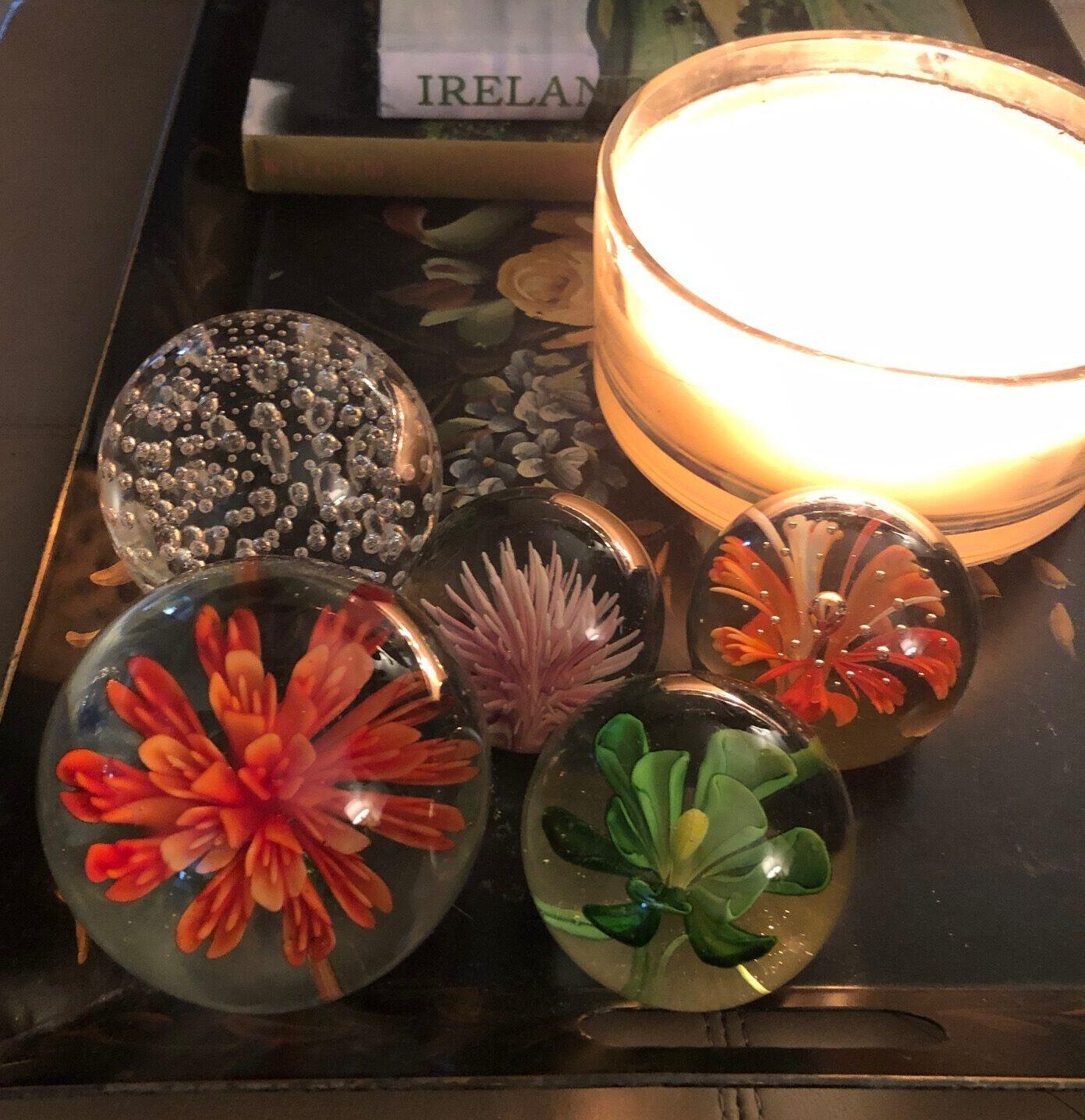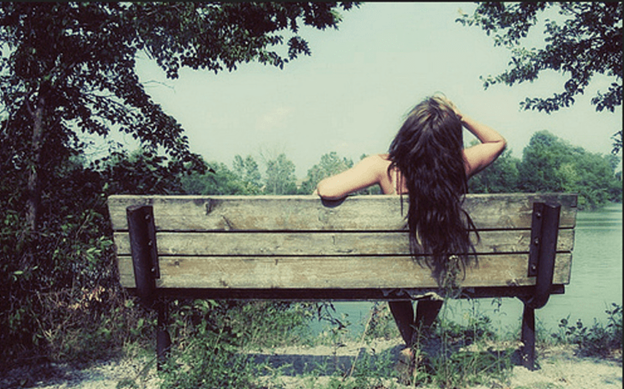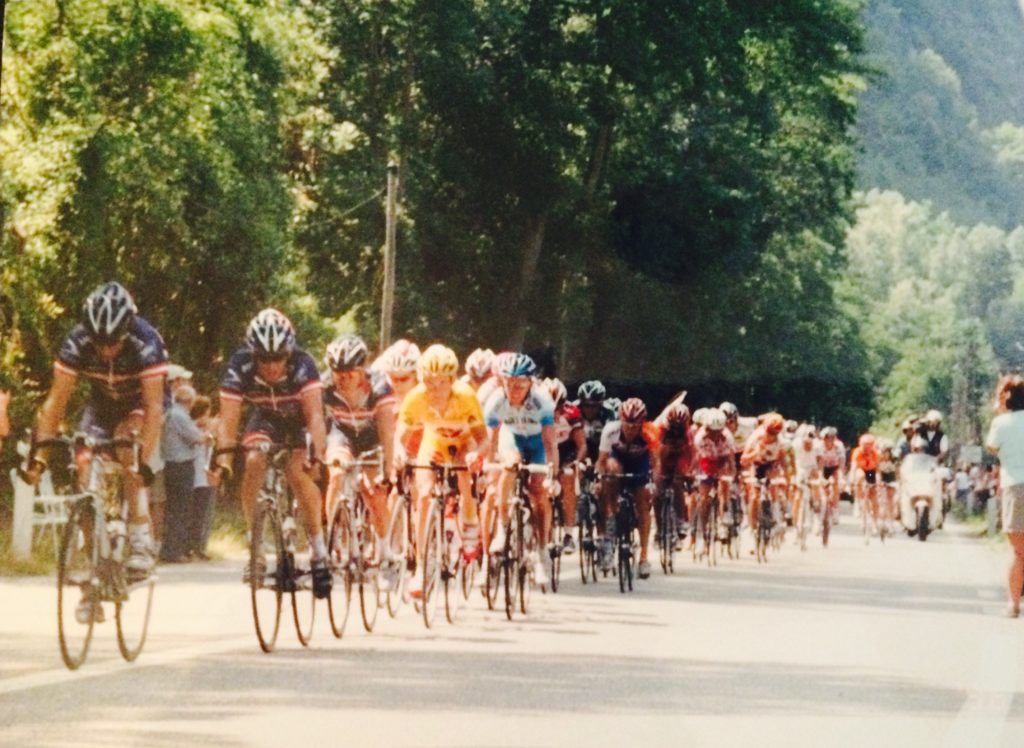Design Technique
Brutalist (Pottery)
Bullicante (Glass)
Glit (Pottery)
Design Technique Description
Brutalist
The Brutalist design style intentionally attempts to look raw, haphazard or unadorned.
Bullicante
The “bullicante” effect is amongst the most famous glass making techniques, and it is seen quite often around the island of Murano. If you’ve had the fortune of strolling along the streets of Venice, you would have noticed beautiful glass pieces with small air bubbles trapped in the inside, possibly stopping to wonder how that seemingly impossible effect is achieved. This peculiar effect is obtained by placing a piece of molten glass inside a metallic mold with spikes, very much resembling a pineapple’s texture. These spikes cause small holes on the surface creating a pattern all around the glass piece. After it’s been left to cool down for a few moments, the whole piece is submerged in molten glass again. This second layer completely covers the first one. However, thanks to the thick consistency of glass, the holes previously impressed on the first layer are not covered, thus causing air to be trapped between both layers of glass. This process can be repeated several times, creating a pattern as complicated as the glass master wishes. This technique gives not only a sense of depth to the whole object, but also an incomparable decorative effect, famous for its originality.
Glit
he Design Museum Iceland, which in 2013 held a retrospective exhibition of works from Glit Pottery, offered the following description of Glit pottery on its exhibition site. Here is an excerpt: “The exhibition placed emphasis on the fact that despite its complicated history over many years of operation, Glit was adamantly devoted to utilizing Icelandic clay and ground minerals in production during its first decade of operation—especially hardened lava. Glit was, in many ways, well ahead of its time—making deep impressions in the history of Icelandic ceramic art.”










